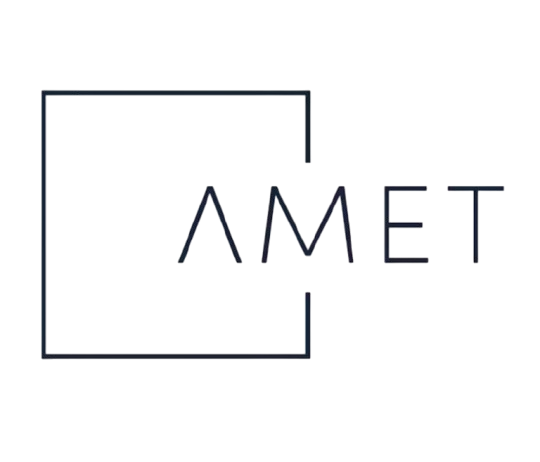MLS Laser Therapy
To support healing, reduce inflammation, and relieve pain, we may incorporate MLS (Multiwave Locked System) Laser Therapy as part of your care plan.
This advanced, non-invasive laser system delivers synchronized wavelengths of light energy—one continuous and one pulsed—that work together at the cellular level to:
- Stimulate circulation
- Accelerate tissue repair
- Modulate inflammation
- Provide lasting pain relief
Unlike older laser modalities, MLS therapy is uniquely calibrated to target both pain and inflammation simultaneously, making it especially effective for complex or chronic conditions like TMJ dysfunction. Patients often report reduced muscle tension and improved range of motion after treatment.
MLS Laser is completely painless, drug-free, and safe for use alongside oral appliance therapy, nutritional support, and other integrative treatments.

Our Frequently Asked Questions
There are several types of dental bridges:
- Traditional Bridges: The most common type, consisting of one or more pontics (artificial teeth) held in place by dental crowns cemented onto adjacent natural teeth. The most common bridge replaces a single missing tooth by crowning one tooth on either side and supporting a pontic in the middle that replaces that missing tooth.
- Cantilever Bridges: Similar to traditional bridges but supported by a single crown on one side only, then a pontic (artificial tooth) hangs off the side. Usually only in the anterior of the mouth and reproduces a natural smile that is easy to clean around.
- Maryland Bridges: Use a framework of either metal or porcelain that is bonded onto the backs of the adjacent teeth. No removal of tooth structure or crowning of the adjacent teeth is required. A pontic (artificial tooth) hangs off the bonded framework.
- Implant-Supported Bridges: Supported by dental implants rather than crowns on natural teeth. Typically, instead of crowned teeth supporting the bridge, like a traditional bridge, you’ll have implants supporting the bridge. This works well when you have multiple missing teeth but good bone thickness to support multiple implants.
Each type has its advantages, and the best choice depends on the location and number of missing teeth, as well as individual factors. Contact Admire Dentistry for a consult to discover what treatment is best suited to you.
After a dental implant-supported bridge, expect initial discomfort, swelling, and minor bleeding. The healing phase involves osseointegration, which usually takes up to several months. During this process, follow a soft diet, avoid certain foods, and attend regular check-ups. Good oral hygiene is vital for long-term maintenance, and our hygiene team at Admire Dentistry is committed to facilitating this for you.
Attending your routine dental exam and clean appointments is vital for the longevity of your implant-supported bridge. With time, you’ll gradually regain full chewing function and comfort.




